Understanding XBRL: Why regulators introduce XBRL reporting
- April 25, 2022
- 7 minutes
The redesign of business reporting patterns has been a long time coming. Regulators require companies to report huge amounts of data about their operations, products, and transactions. But the interpretation of these requirements varies from business to business.
Consequently, the data received is inconsistent across industries. Addressing this challenge has led the players to work together to find a technological solution to this dilemma in financial services. In this article, BR-AG seeks to tackle the question of why regulators have opted for XBRL reporting standard.
What is XBRL reporting and how does it work
In brief, XBRL is a structured way of digital reporting. More broadly, XBRL evolved directly from the Extensible Markup Language (XML) and is an open, free, international, digital business reporting standard, managed by a global non-profit consortium, XBRL International, and adopted in over 50 countries. XBRL is short for eXtensible Business Reporting Language:
- L is for language – language as such XBRL is a system of communication. In this case, communication serves to exchange financial information on businesses. As for natural languages, the human factor is fundamental for assigning meaning (semantics) to vocabulary and sentences and for structuring them according to grammatical rules (syntax). In a similar vein, humans attribute meaning by tagging, structuring, and aggregating data in the XBRL.
- R stands for reporting – the aim is for XBRL reporting to be informative. This means that data can be exchanged, analysed, and understood to ensure sustainable decision-making.
- B means business – XBRL comes with several properties, attributes, and relationship types embedded within, crucial for the exchange of business-related data.
- X explains the key topic around the core functionality of XBRL – the eXtensibility which reads the ability to extend. That is, tailoring the language to meet business needs. This ability is understood two-dimensionally. On the one hand, it involves extending the architecture of the language – syntax (structure) and semantics (meaning) – and adding more relationships between reported elements. On the other hand, it implies a flexible framework through which businesses can customise and extend existing taxonomies by defining new tags, or by creating their own taxonomies, to better fit their reporting purposes.
If two systems are to communicate with each other, they need an interface of some sort. And different systems and data formats require matching interfaces. This is where XBRL reporting steps in. It defines a taxonomy of concepts and relationships between them that can be used by various systems to understand what metadata is and what data will be exchanged.
Data is then structured in a single format based on this taxonomy. This process is governed by the XBRL specifications, which define how taxonomies are built, as well as how an instance document (report with facts) is structured. In addition, the filling rules provide even more guidance on how to design reports and extension taxonomies.
XBRL reporting has become a standard format for Standard Business Reporting (SBR), an approach to the digital exchange of business reports, promoted by several governments (e.g. Finland or the Netherlands) that pursue SBR programmes to reduce the reporting burden on businesses. They seek to digitise, streamline and standardise the collection of business, tax, statistical and other data from companies.
XBRL with its specifications is freely available and licensed as an open standard. It is fostered by a community of software developers who have created an impressive portfolio of XBRL products, both free and commercial to meet the needs of their users.
Why regulators need the data
“The foundation of good decision-making is good data,” said Gareth Ramsey, Executive Director for Data at the Bank of England on the Transforming Data Collection from the UK Financial Sector webinar.
Regulatory reporting is the submission of data to relevant authorities to demonstrate compliance with the necessary regulatory provisions. When we say XBRL we think—the financial data, an invoice, a balance sheet, a statement of account.
Regulators request financial data to ensure financial stability which has been the focus of regulators and policymakers since the financial crisis of 2008 and which has only been accelerated by the COVID-19 pandemic outbreak in 2019. A smarter approach to regulatory reporting reflects the need to compare data to gauge financial institutions’ compliance and due diligence.
What are the main challenges in data collection & reporting
Decisions are only as good as the data to back them up. The regulators are in danger of becoming overwhelmed by the data they ask for and their main concern is what good data looks like and how to share it.
Comprehensive, high-quality, interoperable data is crucial for financial stability analysis, market monitoring, and policymaking. The complexity of reporting and the lack of best practices and standards for regulatory reporting have become an administrative bottleneck hindering regulators from exchanging data seamlessly and consequently making informed decisions.
How XBRL reporting is better than other formats
Both then and now data is reported in several different formats, such as CSV, JSON, DOCX, PDF, XLSX, XML, SQL, HTM, and paper-based filing is still common practice. The consequence of multi-format reporting is the necessity to invest in software and create myriad interfaces to pull data from all different formats.
Involving human labour, time-consuming and error-prone manual work of re-entering unstructured data creates an administrative burden and exposes the reporting-process parties to high costs. Paper-based information exchange lacks two essential factors, the structure, and the semantics of the reported data.
As a result, comparing and reconciling two sets of data becomes cumbersome. To drive the effective and transparent flow of regulatory reporting, data needs to be exchanged with ease.
The introduction of XBRL offers some key benefits that have an impact on businesses, financial institutions, and public administration. It enables simplified data collection, validation, exchange, and automated processing of data due to a taxonomy providing common terms and formats for different reporting requirements.
With the adoption of XBRL reporting as a standard format, financial and non-financial reporting requirements can be defined and made available for the reporting companies in an unambiguous, digital manner avoiding confusion in the interpretation of requirements and ultimately reduce the risk of incompliant reporting and the need to resubmit the reportable data.
XBRL reporting enables the streamlined creation, collection, validation, exchange, and comparison of reporting information, which includes financial statements, financial and non-financial information, general ledger transactions, and regulatory filings, among others. It defines the reporting terms necessary to clearly represent the content of financial statements or other types of compliance, performance, and business reports.
XBRL ensures that business information can be shared across the reporting chain and applications, as data in XBRL reports is interoperable between different reporting systems, reducing the administrative burden on both issuers and regulators. Suffice it to say, XBRL reporting supports international accounting standards such as the International Financial Reporting Standards (IFRS), or the Generally Accepted Accounting Principles (US GAAP).
What does it take to transition to XBRL reporting
Best practices emerge with standards and precise definitions. Therefore, to have what it takes when it comes to XBRL reporting, education is a must, and gaining an understanding of the initiatives around the XBRL timelines, scope, and impact on the reporting requirements:
- Explore the taxonomies in-depth and understand its elements and definitions.
- Designate a responsible person to create an XBRL reporting team and define the scope of the technical training covering taxonomy, entity-specific laws, and regulations.
- Choose if the XBRL instance will be insourced or outsourced to an external service provider.
- Carry out document tagging test.
- Decide if you are “XBRL-ready”.
Regulators must keep pace
It started with the need for a common language, as it often does. The need for such a language that leaves no space for ambiguity, with the common dictionary, where each data point is defined.
For better data quality and transparency, better processes, and less labour concentration on manual work, XBRL reporting has become a blueprint for increasing the utility of data to reduce administrative burden and costs in regulatory reporting.
In an XBRL-powered environment, where the same tags are used with sufficiently granular data, searches for particular information can be achieved in a split second. With its universal appeal, it is perhaps the lingua franca of digital financial reporting that XBRL is becoming.


